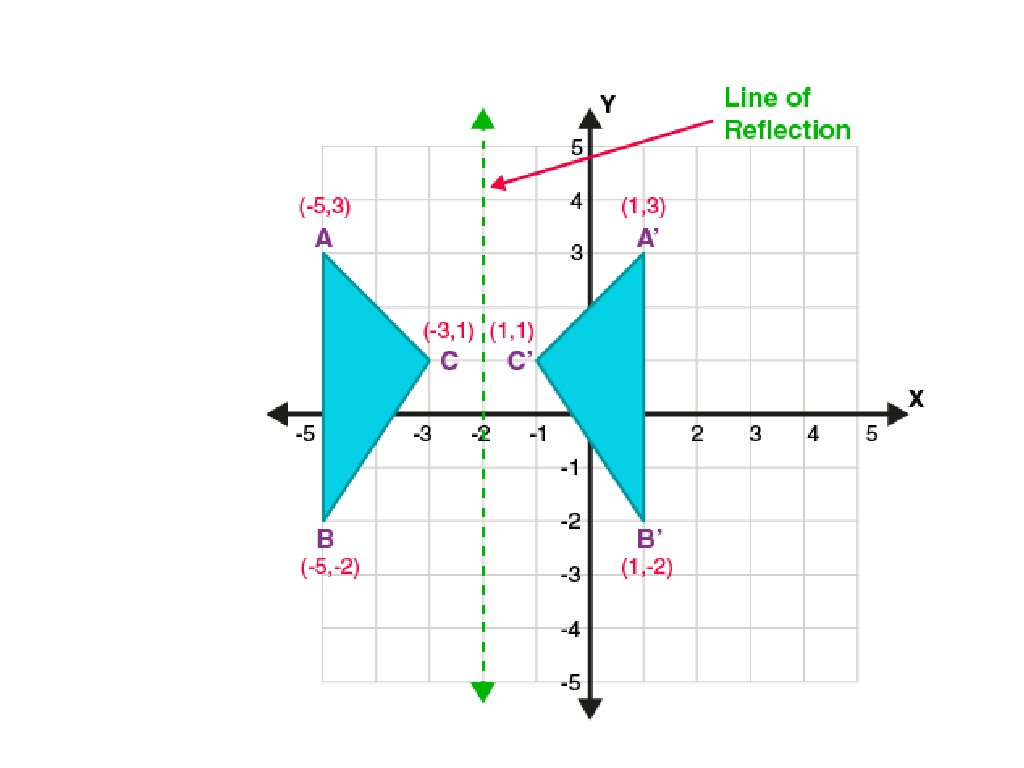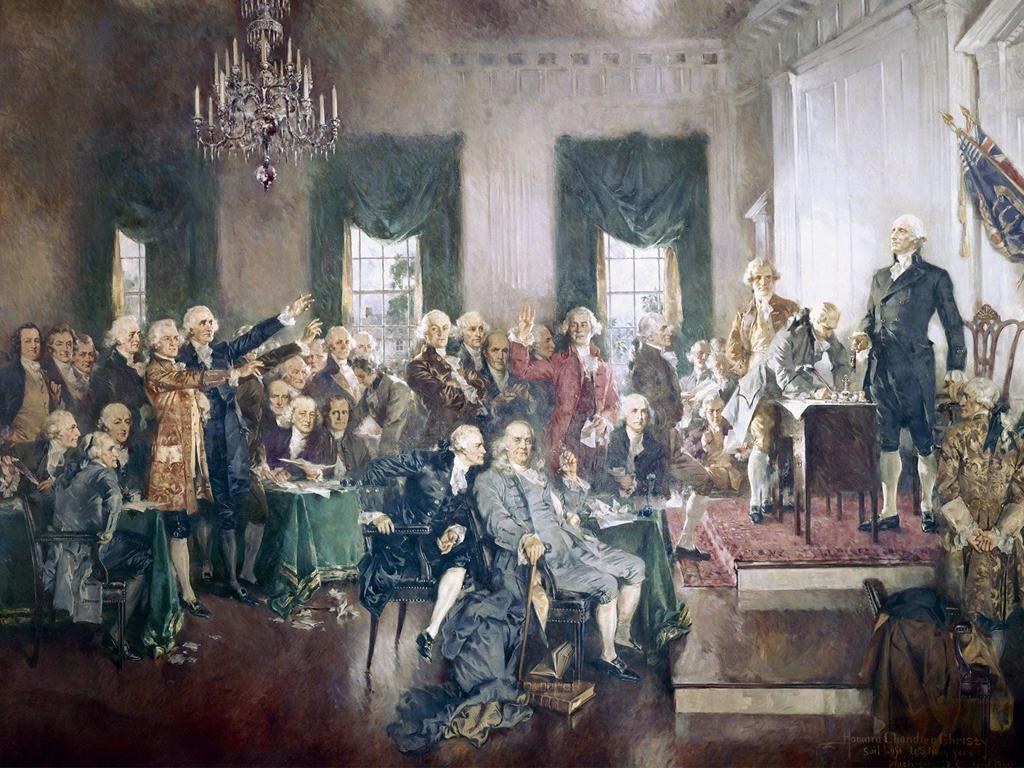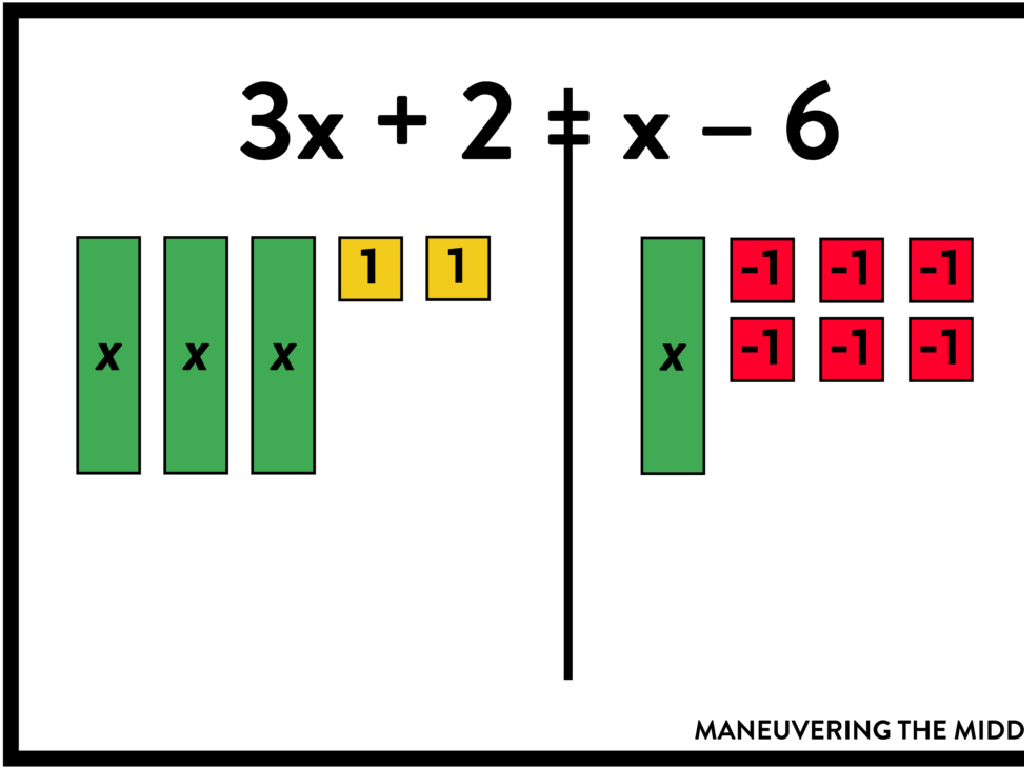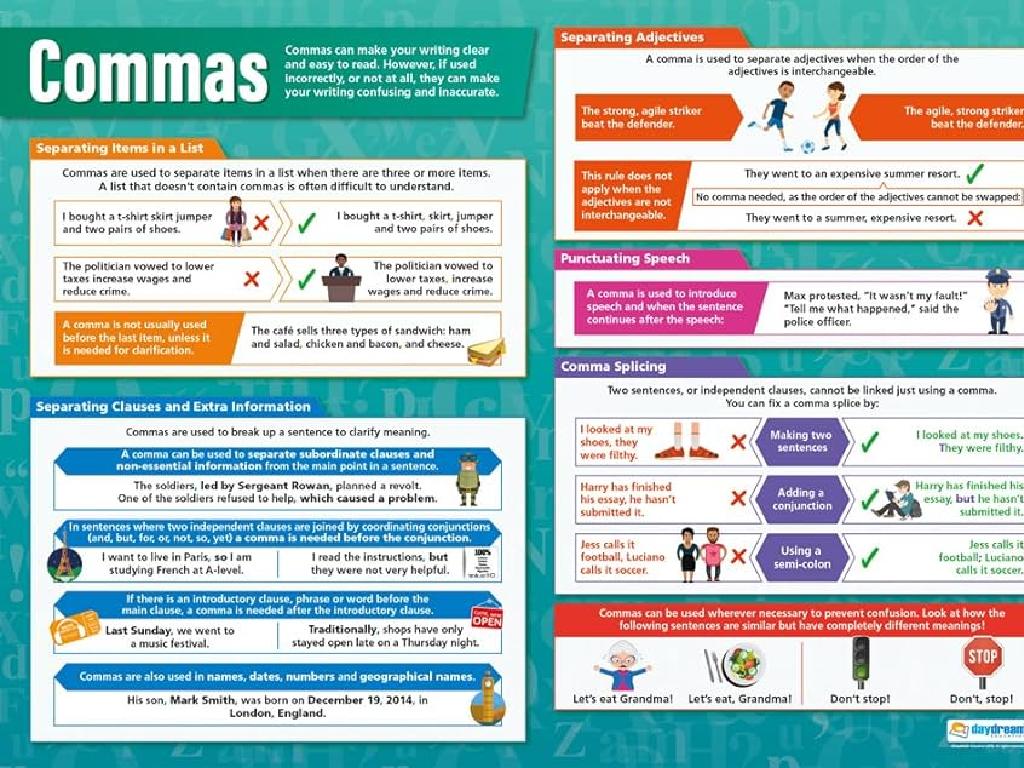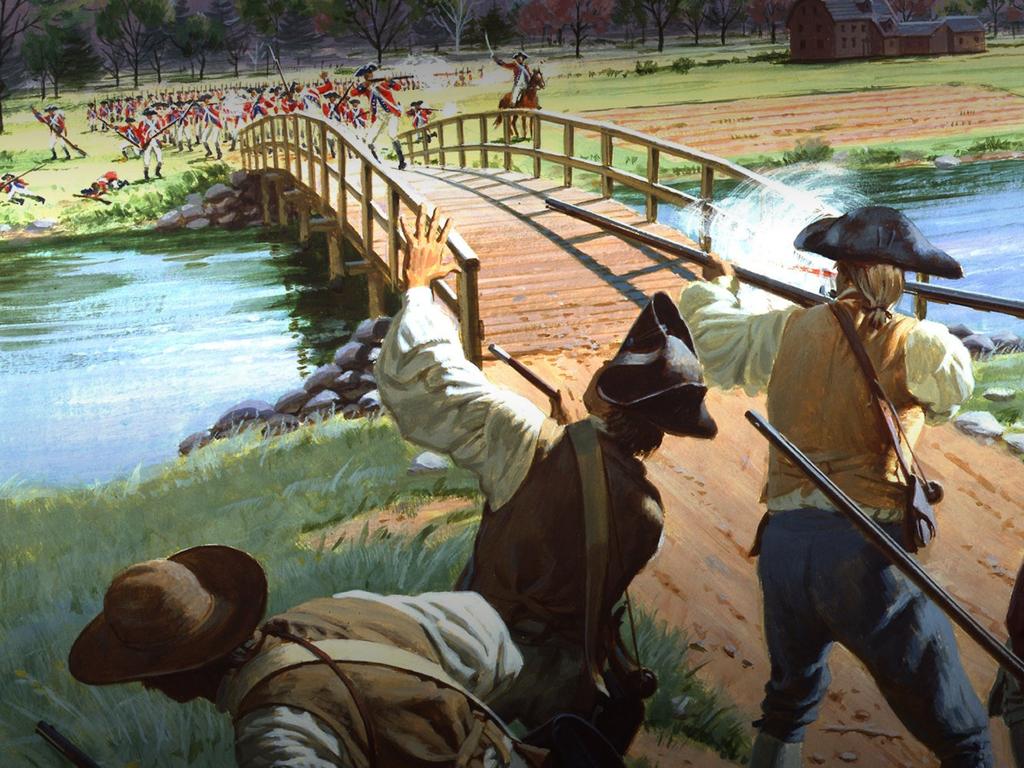Changes Caused By Heating And Cooling
Subject: Science
Grade: First grade
Topic: Heating And Cooling
Please LOG IN to download the presentation. Access is available to registered users only.
View More Content
Exploring Heating and Cooling
– Learn about heating and cooling effects
– Observe changes with temperature
– Discuss melting objects when warm
– Ice cream melts when it’s warm outside!
– Share examples of heating and cooling
– Like water freezing or soup getting hot
|
This slide introduces the basic concepts of heating and cooling and their effects on different objects. Start the class by explaining that temperature can change the state of various materials. Encourage the children to think about and discuss items that they have observed melting when exposed to heat, such as ice cream on a sunny day. Use this opportunity to introduce the idea that not only can heat cause things to melt, but cooling can also cause things to harden or freeze, like water turning into ice. This will set the stage for further exploration and experiments on how temperature affects the states of matter.
Exploring Heating: Making Things Warm
– Understanding heating
– Heating makes things warm or hot
– Sources of heat
– Sun, stoves, and rubbing hands create heat
– Heating in action
– We’ll heat an ice cube and watch changes
– Observing ice melt
|
This slide introduces the concept of heating to first graders by explaining it in simple terms as making something warm or hot. It’s important to use relatable examples for the sources of heat, such as the sun warming our skin, a stove used for cooking, or the warmth generated when we rub our hands together. The class activity involves observing an ice cube as it melts when heated, which provides a tangible example of how heat can change the state of an object. Encourage the students to predict what will happen to the ice cube before you start the activity and discuss the changes they observe as it melts.
Understanding Cooling
– What does cooling mean?
– Cooling makes things colder, like when we drink cold juice on a hot day.
– Ways to cool things down
– We use a fridge or freezer to make our food cold.
– Cooling down water
– Water turns to ice when it’s cold enough!
|
This slide introduces the concept of cooling to first graders. Begin by explaining that cooling is the process of making something less warm. Use relatable examples, such as drinking a cold beverage or eating ice cream, to illustrate the concept. Discuss common household appliances like refrigerators and freezers, which are used to keep our food cold and safe to eat. Demonstrate with an activity by placing water in a freezer and observing the change over time, noting that water becomes solid ice when it’s cooled down enough. This will help students understand the physical changes that occur due to cooling.
What Happens When We Heat Things?
– Heating can melt objects
– Like ice melting into water
– Ice turns to water when warm
– An ice cube melts into a puddle
– Cooking changes food
– Think of eggs: solid when cooked
– Evaporation: Liquid to gas
– Water disappears when heated
|
This slide is designed to help first graders understand the concept of heating and the changes it can cause. Start by explaining that heating can make things melt, like turning solid ice into liquid water. Show them an ice cube and ask them to predict what will happen if it’s left out of the freezer. Discuss how cooking is a form of heating and ask the students to name foods that change when cooked, like eggs turning from liquid to solid. Finally, introduce the concept of evaporation with a simple example, such as a puddle of water disappearing on a sunny day. Encourage the children to think of other examples of changes caused by heating that they’ve observed in their daily lives.
What Happens When Things Get Cold?
– Cooling can freeze things
– Like water becoming hard ice
– Water changes to ice
– Water turns to ice below 32°F (0°C)
– Making juice popsicles
– Juice turns into tasty popsicles in the freezer
– Cooling effects are fun!
|
This slide is aimed at helping first graders understand the concept of cooling and its effects on everyday substances. Start by explaining that when things get cold, they can change form, such as liquids turning into solids. Use water turning into ice as a clear example, and discuss the temperature at which this happens. Relate the concept to a fun activity like making juice popsicles, which they may have experienced. This will help them grasp the idea of cooling in a relatable way. Encourage the children to think of other examples of cooling and how it can change things from their own experiences.
Let’s Experiment with Ice & Warm Water!
– Fun experiment with ice
– Observe ice melting in warm water
– We’ll use a timer to see how long it takes for the ice to melt
– Always ask for help
– Remember safety first
– We’ll wear aprons and be careful with the warm water
|
This slide introduces a hands-on activity where students will learn about the effects of heat on ice. The experiment is designed to be engaging and educational, showing the process of melting and the concept of heating and cooling. Teachers should prepare a safe setup with warm water and ice cubes for each student or group. Supervision is important to ensure safety and to guide the students through the process. Discuss with the students the importance of asking for help when handling warm water. After the experiment, have a discussion about what they observed and how heat causes ice to change its state from solid to liquid. This will help solidify their understanding of the effects of heating on different materials.
Class Activity: Melting and Freezing
– Let’s make ice cubes together
– Observe how ice cubes melt
– Watch the ice turn to water and think about why it happens
– Science is about observing
– Look closely at what happens and think about what you see
– What questions do you have?
|
In this activity, students will learn about the states of matter, particularly focusing on the transition from solid to liquid through the process of melting. Provide each student or group with an ice cube tray, water, and access to a freezer. Once the ice cubes are frozen, have the students observe them at room temperature and notice the change as they melt. Encourage them to touch the ice and feel the cold. Ask guiding questions like ‘What makes the ice melt?’ and ‘Where does the water come from?’ This hands-on activity will help students understand the concepts of heating and cooling and the effects they have on different states of matter. Make sure to supervise the activity to ensure safety and help students articulate their observations and questions.
Heating and Cooling: What We Learned
– Heating makes things melt or cook
– Like ice cream melting in the sun
– Cooling can freeze or harden things
– Like water turning into ice
– Evaporation from heating
– Water disappears with heat, like puddles drying
– Share your favorite lesson part
|
This slide wraps up our lesson on the effects of heating and cooling. Emphasize that heating can change things by melting them (like ice cream in the sun), cooking them (like an egg in a pan), or causing evaporation (like water disappearing from a puddle). Cooling can cause things to freeze (like water into ice) or become hard (like chocolate setting in the fridge). Ask the students to reflect on what they learned and share their favorite part of the lesson. This encourages them to think about the material and express what they found interesting or fun, reinforcing their learning experience.
Class Activity: Observations on Heating and Cooling
– Share your experiment observations
– Discuss ice melting speed
– Did the ice melt as you expected?
– Reflect on heating and cooling effects
– How does heat change things?
– What did we learn today?
– Share one thing you discovered
|
This slide is meant to facilitate a discussion among first-grade students about their observations from a heating and cooling experiment, likely involving ice. Encourage each student to talk about whether the ice melted faster or slower than they anticipated, prompting them to think about their preconceived notions versus the actual outcome. Guide them to reflect on what this tells us about the effects of heating and cooling on substances. The teacher should provide a safe and supportive environment for sharing, ensuring that each student feels heard and validated in their discoveries. Possible activities could include drawing their observations, reenacting the experiment with predictions, or group discussions to compare results. The goal is to solidify their understanding of the basic principles of heating and cooling through personal experience and peer learning.

